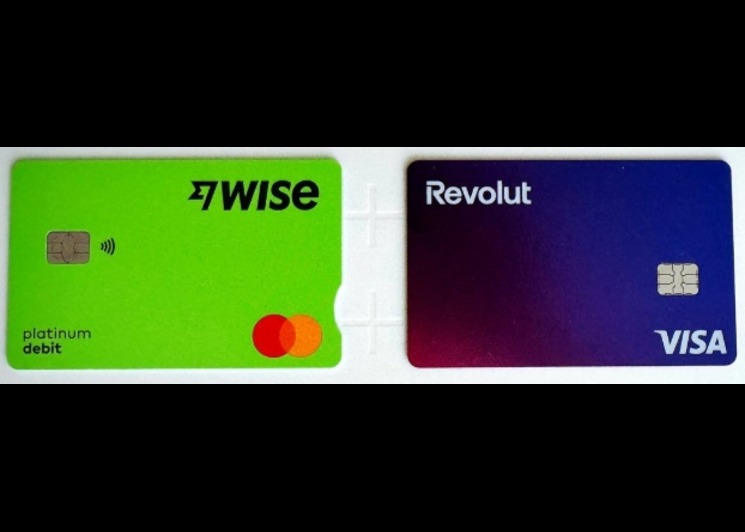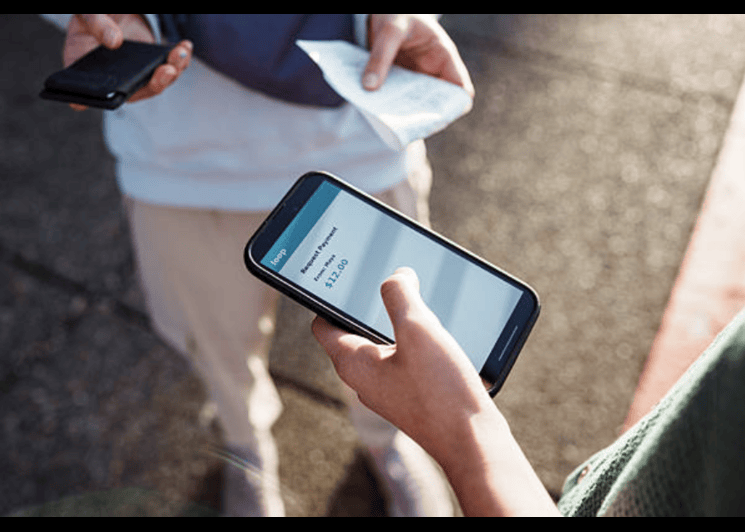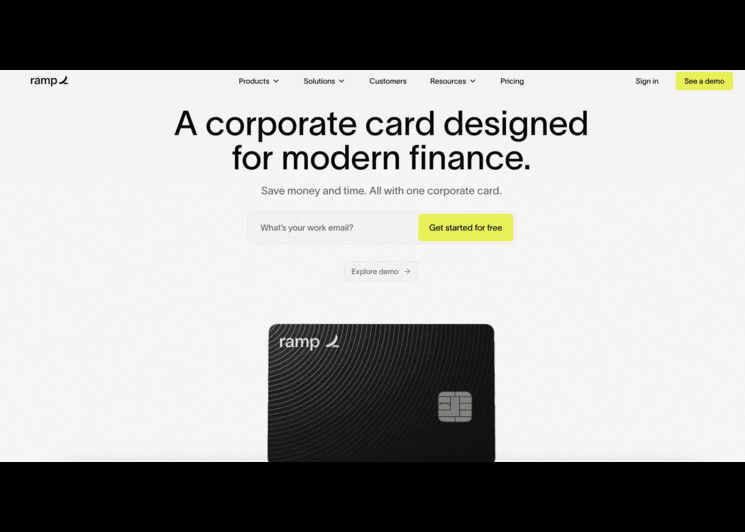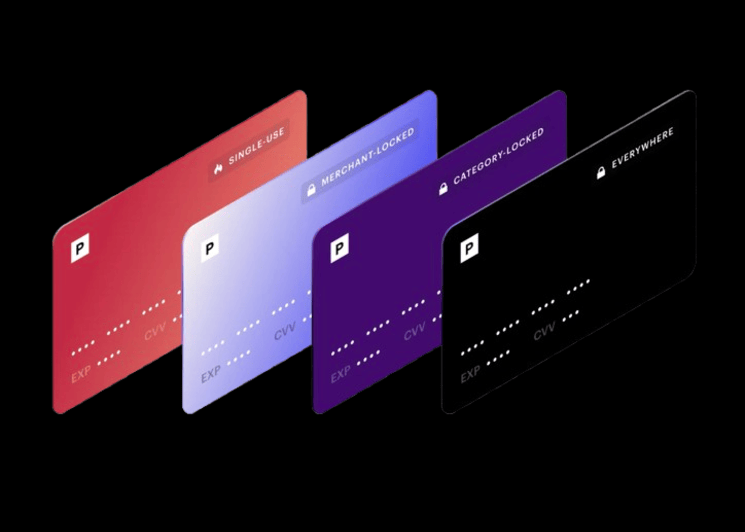Twitter Advertising: Turning Conversations into Measurable Results
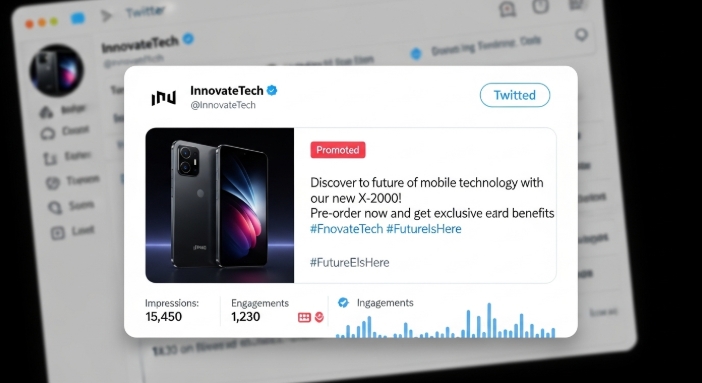
The shift from passive posting to active conversation is what makes Twitter Advertising so powerful. It gives businesses the agility to respond, connect, and lead in real time. The key isn’t just buying impressions; it’s aligning your budget with intent and engagement. That’s how marketing spend becomes more strategic, and that’s where Bycard’s tools make every ad decision transparent and accountable.
- Twitter Advertising: Turning Conversations into Measurable Results
- Why advertising with Twitter still matters for direct response
- How Twitter advertising cost is calculated and what to expect
- How advertising with Twitter fits into a media-buyer’s stack
- Control spend and reduce twitter advertising cost using virtual cards
- Step-by-step: advertising with Twitter and running tests safely
- What to track: metrics to compare cost from Twitter advertising
- When to scale your Twitter advertising cost
Why advertising with Twitter still matters for direct response
Advertising with Twitter offers several advantages: it enables you to tap into real-time conversations, live events and trending hashtags; it offers flexible format choices and relatively modest entry cost; and you can refine targeting in ways many legacy channels find harder to match.
If you combine that with a practical payment infrastructure, such as using virtual cards via Bycard, you reduce the friction in setting up campaigns and avoid delayed budgeting decisions. For example, when you issue a dedicated virtual card for one campaign, you isolate risk and track spend easily.
How Twitter advertising cost is calculated and what to expect
One of the first questions many ask: “What will advertising with Twitter cost me?” Here are some typical benchmarks and factors that affect twitter advertising cost.
Benchmarks
- Many campaigns see engagement costs (clicks/likes) ranging from $0.26 to $0.50 per action in generic markets.
- Cost per new follower (when using “promoted account” campaigns) often falls around $2-$4 each.
- Website-visit or conversion-type campaigns on Twitter have ranged from $1.50-$10.00 per conversion in some data sets.
These numbers are useful, but your twitter advertising cost may differ if you are in a different region, targeting niche audiences or scaling aggressively.
What drives cost
- The campaign objective: A campaign aimed at conversions usually costs more than one aimed simply at impressions or awareness.
- Ad format and placement: Some formats (e.g., promoted trends) carry higher cost than standard promoted tweets.
- Audience competition: If many advertisers are bidding for the same audience (region + interest + device) costs go up.
- Creative quality & relevance: Better creative = more engagements = lower cost per result.
- Payment and spend control: Surprisingly, the way you manage and fund campaigns can influence cost overhead. If you have delayed payments or card declines, you get down-time which increases your effective cost.
How Bycard helps
When you manage your campaigns through virtual cards like Bycard, you gain a clear view of every expense while keeping your budget firmly in check. Bycard’s Twitter Ads VCC lets you isolate ad budgets, monitor spend in real time and remove card-related issues from your cost equation entirely. The result is sharper control over your Twitter advertising cost and fewer financial surprises along the way.
How advertising with Twitter fits into a media-buyer’s stack
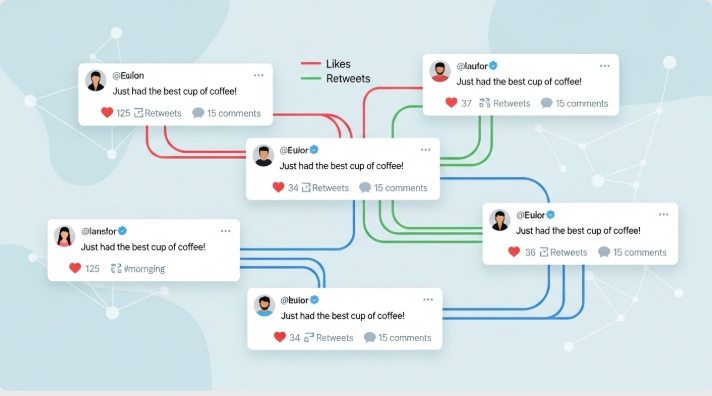
When you run digital campaigns across platforms you don’t treat Twitter in isolation. Advertising with Twitter should slot into your broader media stack alongside Meta, Google, TikTok etc. The advantage: you can diversify audiences, test formats and compare cost efficiency across channels.
Here’s how it might look in practice:
- You allocate a fixed monthly budget for meta + twitter + google.
- Within the twitter portion you issue two or three different campaigns with separate DALYs (Dedicated Ad-Line Yields).
- You use payment tools that let you monitor spend per campaign easily, here a virtual card tool like Bycard is useful because you can give each campaign its own card and spend limit.
- After the testing period you compare CPC, CPF (cost per follower), CPA across platforms, and then decide whether the twitter portion should grow or shift.

Perfect Card for running ads!
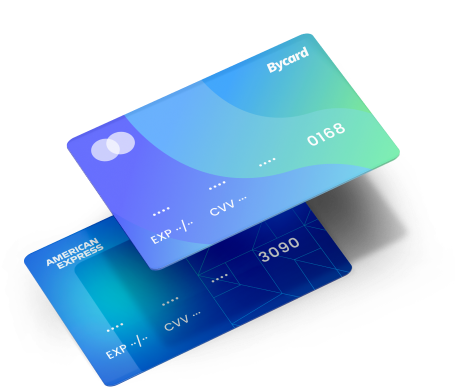
Control spend and reduce twitter advertising cost using virtual cards
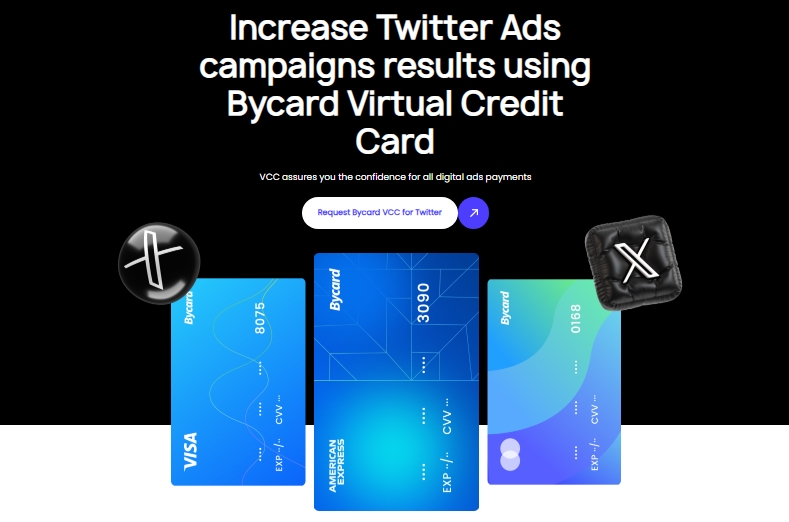
Why this matters
When you fund your ad account via a single card, any payment decline, fraud hold or unexpected charge has the potential to pause all your active campaigns. That inflates your cost because while your ads aren’t running, you still lose opportunity, and you may pay premiums when you restart.
Virtual cards let you isolate each campaign’s spend, set limits, and shut off or pause campaigns easily if performance goes off track.
How to do it (with Bycard)
- Register and verify your Bycard account.
- Create a new virtual card and load an amount dedicated for your Twitter campaign.
- Set a spending limit on that card equal to your test budget (e.g., $300).
- Add the card to your Twitter Ads account under Billing.
- Monitor spend → when you reach your defined budget or cost target, stop using the card or issue a fresh one for your next test.
- Use Bycard’s tracking and receipts to measure actual cost per campaign and feed that into your cost benchmarks.
What this helps with
- You know exactly how much you spent on that campaign (helps with calculating actual twitter advertising cost).
- If one campaign explodes in cost you can pause it without affecting your other campaigns.
- Billing and reconciliation become easier, so you avoid hidden cost overheads (fees, declines, currency conversions) eating into your budget.
Step-by-step: advertising with Twitter and running tests safely
- Define your objective: Decide whether you are aiming for website visits, new followers, app installs, etc. This directly impacts your expected twitter advertising cost.
- Select the right ad format: Promoted Tweets for engagement, Promoted Accounts for follower growth, Promoted Trend if budget allows.
- Define your target audience: Use interests, device types, geography and behaviours in Twitter’s targeting tools.
- Set budget and payment: Start modest. Use a virtual card like Bycard to fund your campaign, this helps keep the payment process clean and controlled.
- Create engaging ad creative: Your copy, image or video must clearly communicate the action you want (click, follow, install). The more relevant and engaging, the lower your cost per result.
- Launch, monitor & optimise: Track impressions, clicks, followers gained, cost per result (CPC, CPF, CPA). If your twitter advertising cost is higher than your benchmark (e.g., CPC > $0.50 in a generic market) review targeting, creative or budget.
What to track: metrics to compare cost from Twitter advertising
When you manage a campaign the key metrics are:
- CPC (cost per click) – how much you pay per site visit or engagement
- CPF (cost per follower) – when your objective is follower growth
- CPA (cost per acquisition) – when you aim for conversions or sales
- CPM (cost per 1,000 impressions) – useful for awareness campaigns
- Conversion rate – clicks → action (follower, lead, sale)
- ROAS (return on ad spend) – what revenue you generated per $1 spent
Using these you can benchmark your twitter advertising cost against industry data and decide whether you should scale, pause or fine-tune. For example: if your CPF is $5 but your value per follower is only $1, you’re losing money.
When to scale your Twitter advertising cost
Once your test campaigns using advertising with Twitter show stable cost per result and positive ROI, it’s time to consider scaling. A few guidelines:
- Only scale once your cost per result is within your acceptable target (for example CPC < $0.40 or CPF < $3 in your market).
- Monitor for diminishing returns: as you increase budget, audiences may saturate and twitter advertising cost may rise. You may need to expand targeting or creative variations.
- Use multiple virtual cards (again via Bycard) to compartmentalize campaigns or clients, so you’re not relying on a single payment method.
- Continue tracking all the metrics and conduct weekly reviews to ensure your cost per result remains healthy. If twitter advertising cost creeps up significantly, pause scaling until you fix the bottleneck.
Conclusion
Running campaigns with Twitter is very practical and measurable, but only if you treat it like a process rather than a one-off. The key is: define your goal, isolate spend, monitor cost and make data-driven decisions. The concept of advertising with Twitter becomes far more powerful when combined with tools that help control payment, tracking and budgeting. Using virtual cards (like the Bycard Twitter Ads VCC) is one such tool that gives you cleaner spend data, quicker campaign launches and better control over your twitter advertising cost.


